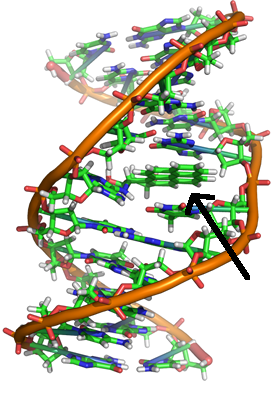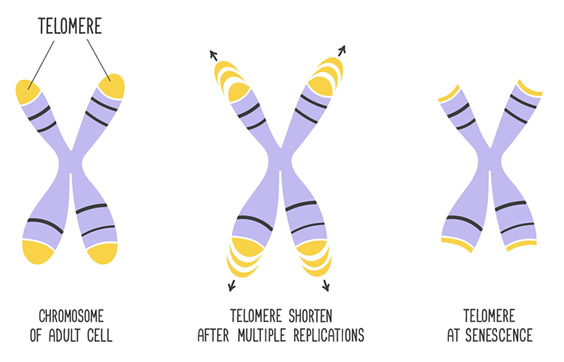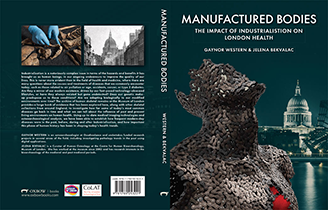Cancer biology today
The discovery of cells and cellular pathology propelled cancer research onto a new level and in 1953.
A discovery was made that would profoundly change our understanding of human biology and cancer: the double helix model of DNA structure by Watson and Crick. We started to understand that not only were cells the fundamental building blocks of the human body, but that genes present in our DNA control and regulate these cells.
The anatomy of cancer
Age also is a factor in the length or our telomeres. Telomeres are the caps at the ends of chromosomes that protect them, preventing DNA damage and allowing cells to replicate properly. Cells rely on healthy telomeres to accurately replicate the DNA they contain. Each time cells replicate, however, telomeres shorten. Eventually, after cells have replicated numerous times, the telomeres on the ends of the DNA in the cells become too short to function and the cell dies.
Ageing cells cause our bodies to age but longer telomeres promote long life. However, longer telomeres also may promote cancer; although the process is complex, individuals with longer telomeres are a third more likely to get cancer because cells have a longer life span and are able to replicate for longer.
Environmental factors can also cause genetic mutation. Exposure to genotoxic agents cause DNA damage leading to pathological cell proliferation. For example, the cancer causing chemical Benzo[alpha]pyrene (BaP) can bind itself to our DNA, eventually resulting in lung cancer. BaP is found in coal tar, tobacco smoke, chargrilled foods, vehicle exhaust fumes, asphalt and coke ovens.

Segment of DNA bound to cancer causing chemical Benzo[alpha]pyrene (BaP), found in coal tar, tobacco smoke and foods, especially grilled meats (Credit: Richard Wheeler, cc-by-sa/3.0, https://en.m.wikipedia.org/wiki/Benzo(a)pyrene)









